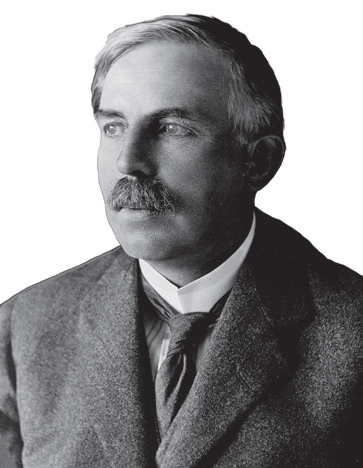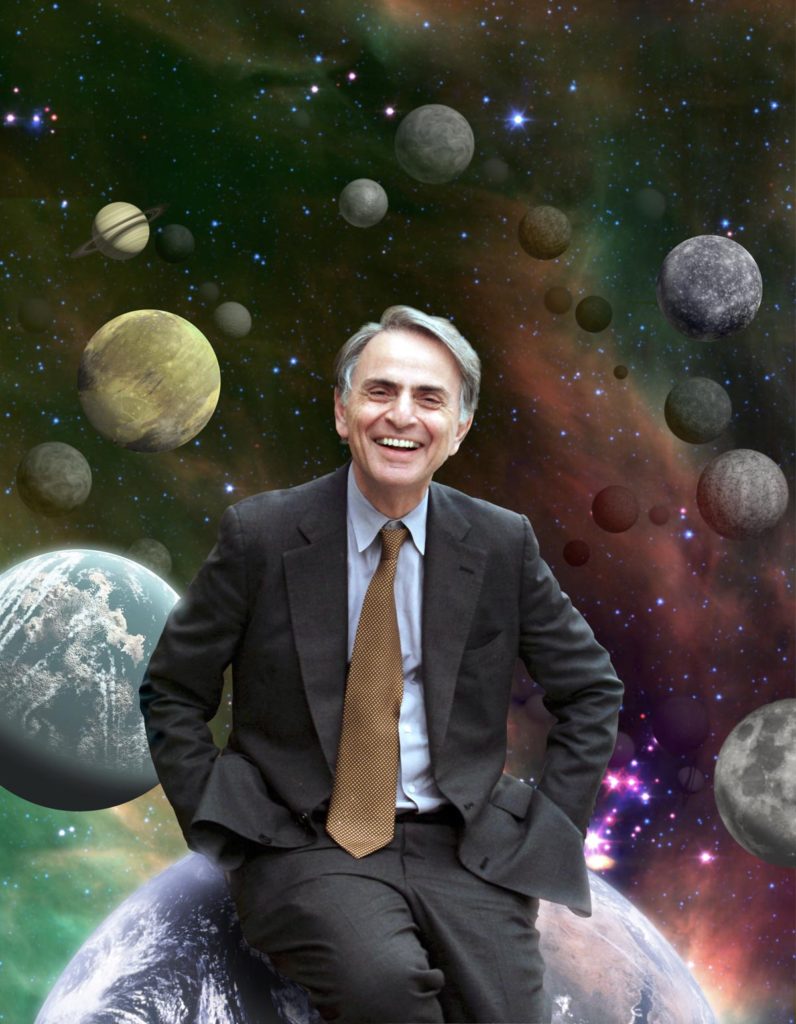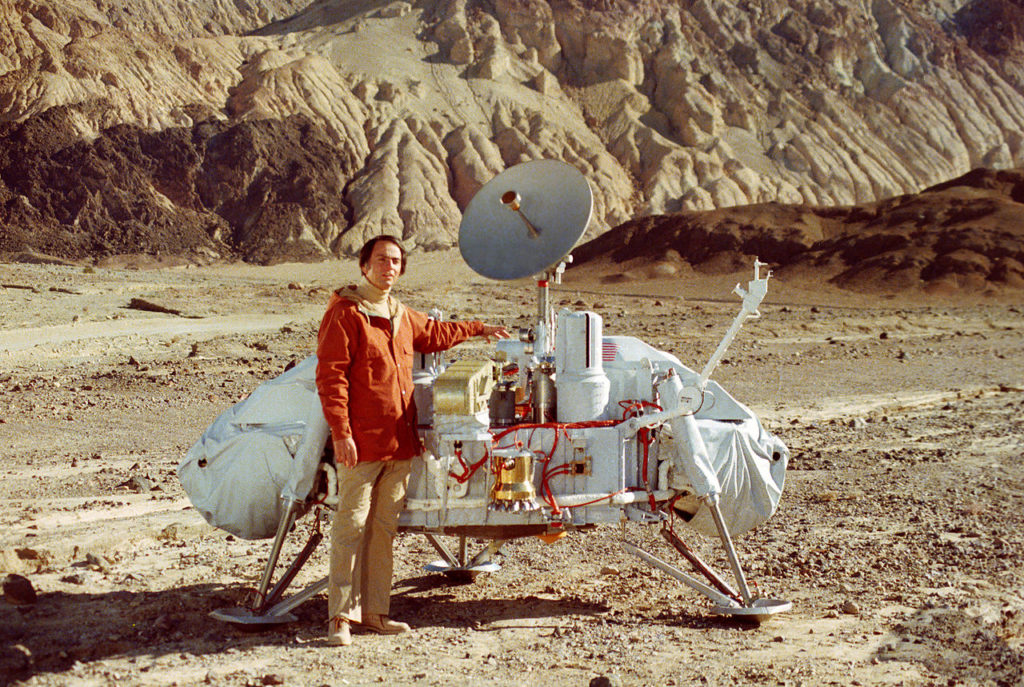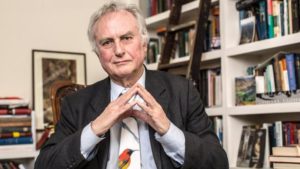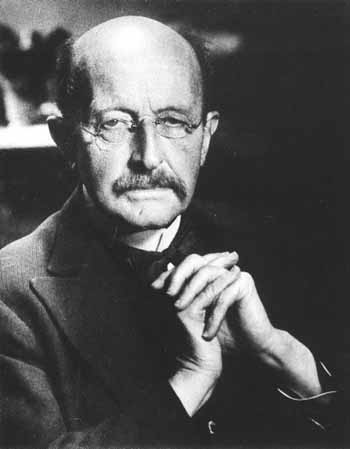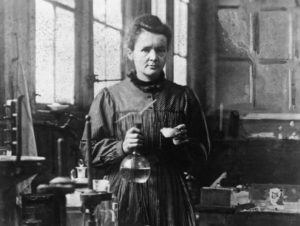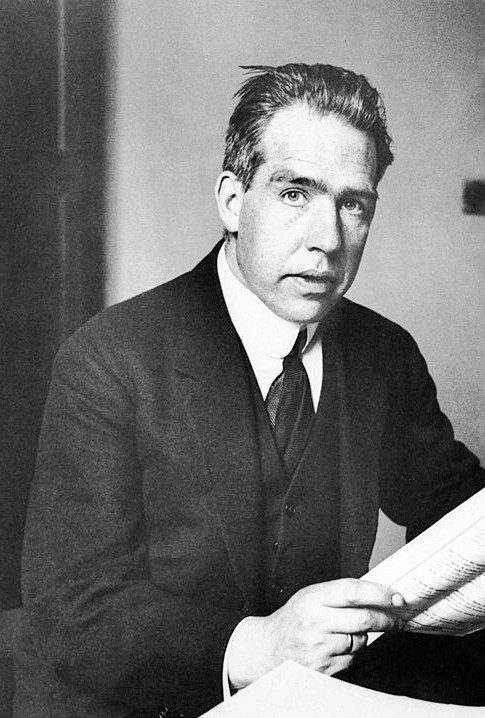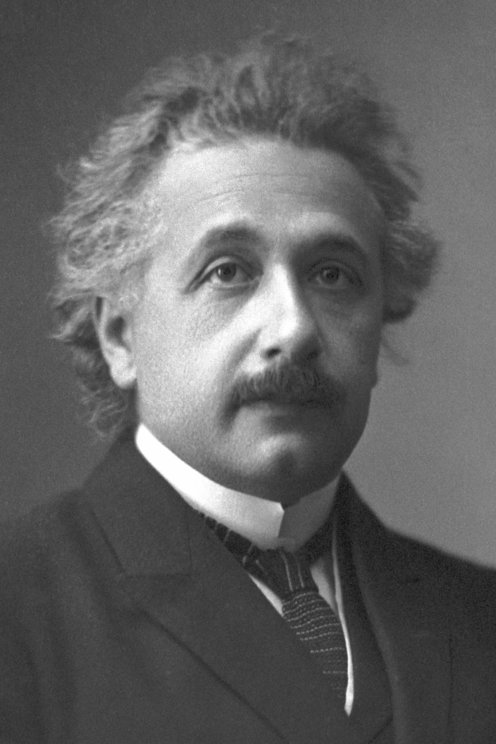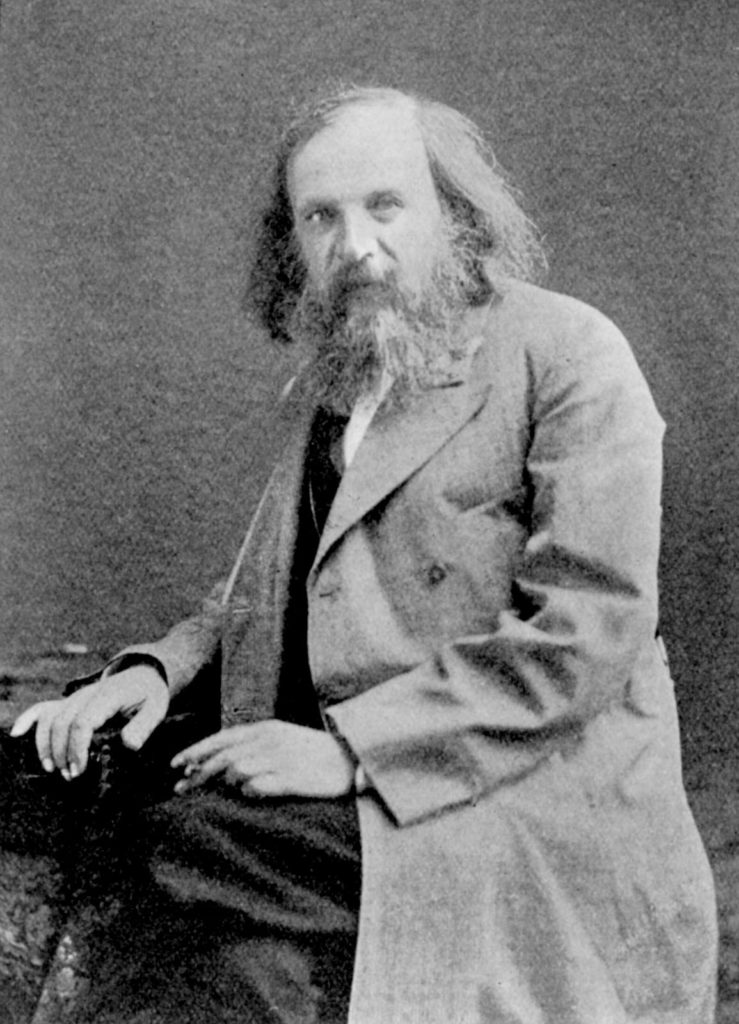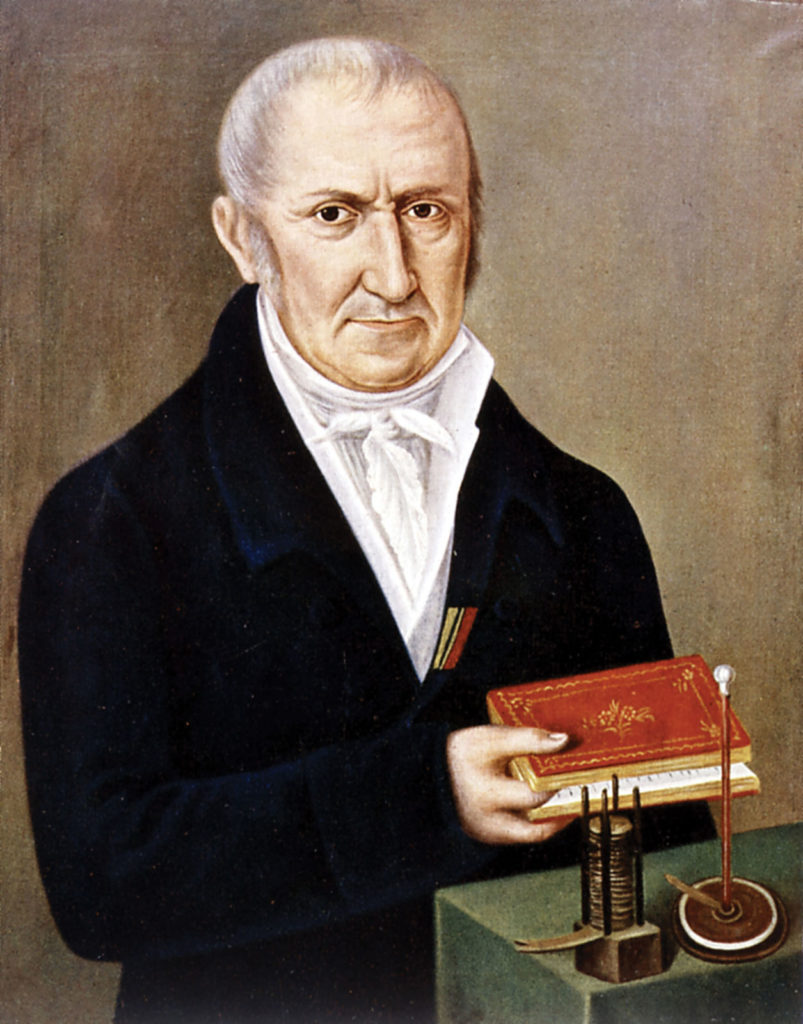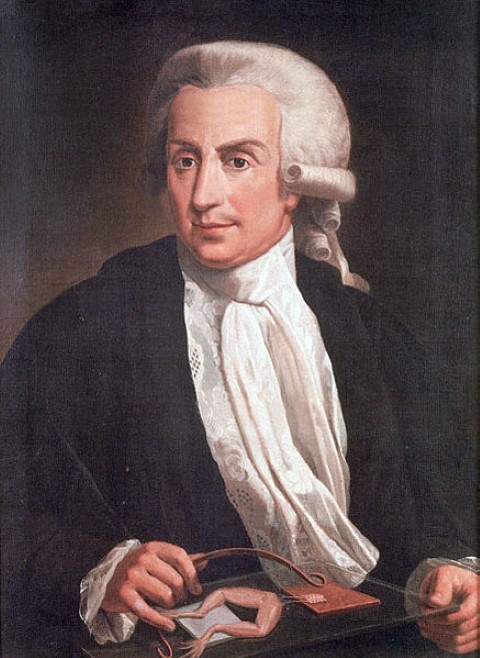Ernest Rutherford (1871 – 1937) was a prominent physicist from New Zealand who made significant contributions to field of nuclear physics during the early 20th century. He greatest contribution to physics was his discovery of the atomic nucleus in 1911.
Rutherford came from a humble background. He began his education at a local school where he excelled in mathematics and science. Following his undergraduate studies he was awarded a scholarship to further his education at the prestigious Cavendish Laboratory at the University of Cambridge in England. Under the guidance of J.J. Thomson, he conducted research on the electrical conductivity of bases and earned his Ph.D. in 1898. After finishing his doctorate he joined the faculty of McGill University in Canada, where he conducted groundbreaking research on radioactivity, which laid the groundwork for his future discoveries.
Rutherford’s Gold Foil Experiment
Rutherford’s most famous discovery was the discovery of the atomic nucleus. In 1909 he conducted his famous Gold Foil Experiment, where he bombarded a thing sheet of gold foil with alpha particles. Surprisingly to Rutherford and his team, some of the particles were deflected at large angles while most others easily passed through. His interpretation of these results led to his proposal of a new atomic model, which challenged the “plum pudding” model proposed by his mentor J.J. Thomson.
Based on the Gold Foil Experiment, Rutherford hypothesized that atoms have small, dense, and positively charged nucleus at their center, surrounded by mostly empty space in which negatively charged particles orbit. This model eventually gained acceptance and revolutionized the field of nuclear physics. This discovery paved the way for future advancements in nuclear physics, such as the discovery of isotopes and the concept of radioactive decay, both processes that involve the atomic nucleus. His work still remains a cornerstone in nuclear physics to this day.
